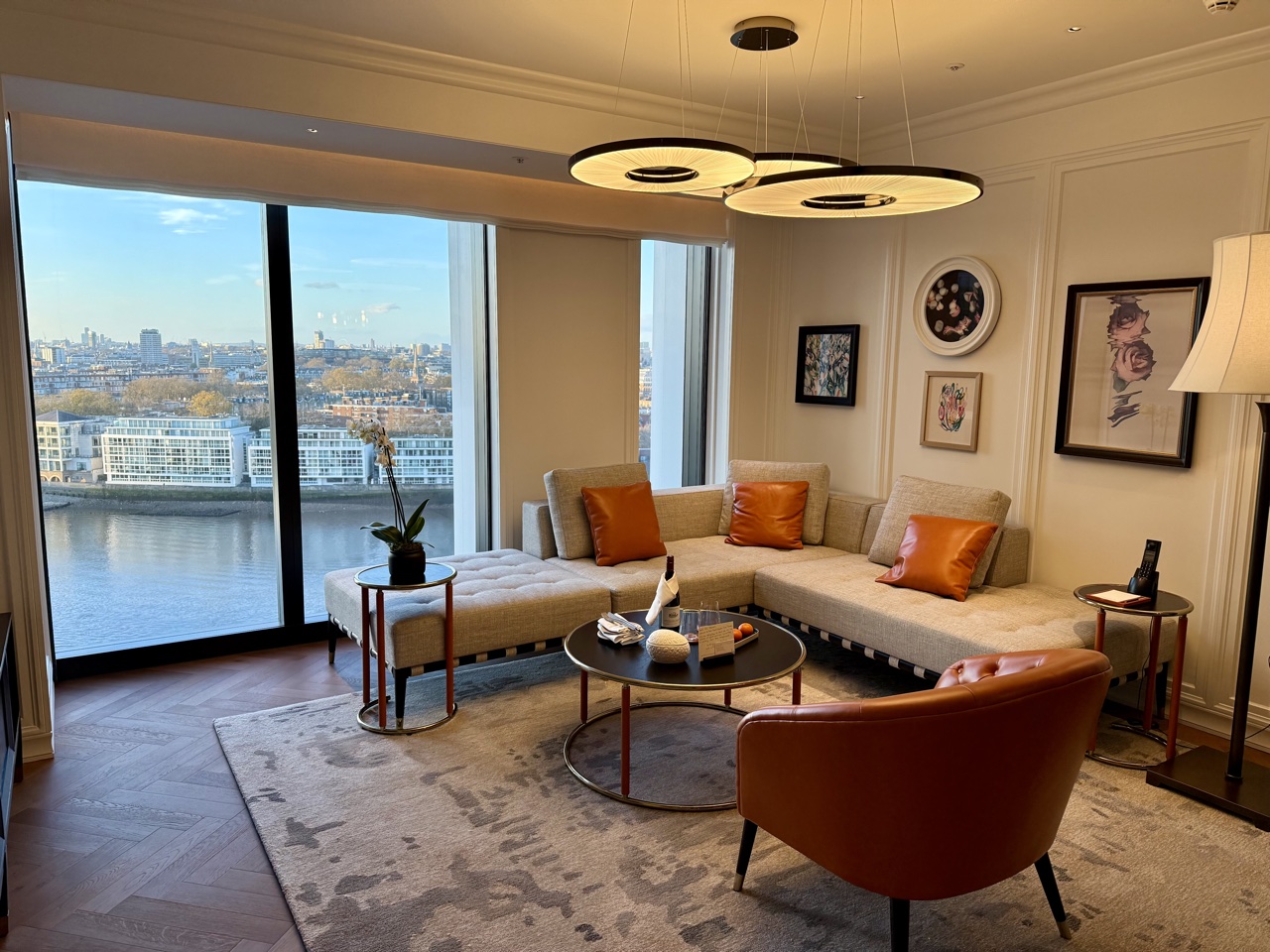Hyatt Hotels: Relying On Chase Deal as Growth Levels Off
Hyatt posts a small RevPAR gain, plans big asset sales, and leans on a richer Chase partnership while demand signals look flatter across the industry.

Setting The Table
Hyatt’s third quarter (2025) reads like a mix of steady progress and careful caution. Revenue per available room in comparable system-wide hotels ticked up 0.3% year over year, gross fees rose 5.9%, and Adjusted EBITDA increased 5.6%. Net rooms grew 12.1%, with 7% growth excluding acquisitions. The bottom line still printed red with a net loss of $49MM and an adjusted loss of $29MM.
The company also flagged a year-end plan to sell 14 properties tied to the Playa transaction and apply the proceeds to pay down its acquisition loan. That keeps the balance sheet in focus while preserving long-term control through fresh management contracts on most of those assets.
Chase Steps On The Gas
The headline after quarter end is Hyatt’s expanded agreement with Chase. Management expects the economics from co-brand credit card programs and similar third-party deals to more than double their contribution to Adjusted EBITDA between 2025 and 2027, with growth beyond that window. If you believe loyalty flywheels are the new profit centers, this is a big deal for Hyatt and World of Hyatt members.
This likely suggests a new card is in the works. We have seen further segmentation and while the Hyatt card does well for lower elite levels. Rather than awarding Globalist for a premium card (as Hilton does with Diamond) it awards elite night credits (two nights per $5,000 spent) which means new cardholders (especially business cardholders) can go from zero to hero in $150,000 spent on the card per year. For business owners, this is less of a challenge than consumers.
Still, in order to capitalize on doubling the projected growth, it will have to add a new card to the mix and I predict (as I have in the past) that this will come with a higher end premium card. I don’t think it will outright grant Globalist status (and I kind of hope that it doesn’t) elevated earnings would be an easy mechanism to add value without giving it away. Personally, I’d consider upgrading my card or adding a business component if the earnings were at a rate of three elite nights per $5,000 spent or a total annual spend from zero at $100,000 for Globalist.
Comparatively, Delta, JetBlue, and American award top tier publicly earned status at $250,000 spent on co-brand cards for the year.
How This Stacks Up To Last Quarter (2025)
Back in August, we looked at Q2 and called it a modest loss with big growth plans, anchored by pipeline momentum and luxury strength. The tone this quarter is similar, though the numbers are a touch softer on RevPAR growth. The pipeline still looks robust and rooms growth remains healthy. The story continues to shift from owned real estate to fees and loyalty economics.
Flattening Demand, Price Erosion, Or Both?
Short answer, both. Hyatt’s 0.3% RevPAR gain suggests demand held up but did not accelerate. Mix helped in spots, yet the easy pricing wins from the post-pandemic surge are mostly behind us. Management pointed to luxury chains driving sales growth and strong packaged all-inclusive results, but group was held back in the quarter by holiday timing. That reads like demand pockets doing fine, while broad pricing power looks more balanced than last year.
The industry backdrop adds context. Accor’s Q3 update showed management and franchise revenue up 3.1% at constant currency with RevPAR up 0.8%. Those are positive figures, yet they also hint at a cooler trend than the hot run that defined 2023 and early 2024. When two global players print low single-digit RevPAR growth at the same time, it points to a plateau.
Assets Out, Fees In
Hyatt opened 5,163 rooms in the quarter, with notable flags like Park Hyatt Kuala Lumpur and Park Hyatt Johannesburg joining the map. The move to sell 14 Playa-related properties by year end, while signing long-term management agreements, fits the company’s long push toward an asset-light model with a larger fee base. The quarter’s owned and leased margin slipped a bit even as segment EBITDA improved after normalizing for asset sales, which further supports the strategy shift.
Loyalty Saves The Day
Credit card economics can cushion softer room pricing. If Hyatt is right about doubling the Adjusted EBITDA impact from these programs through 2027, the loyalty engine becomes a larger share of corporate profit, less tied to nightly rate swings. That helps smooth the ride if RevPAR growth stays modest.
What To Watch Next
Guidance calls for full-year RevPAR growth of 2-2.5% and Adjusted EBITDA of 1.09 to 1.11 bn dollars after normalizing for 2024 asset sales. Pipeline remains strong, and rooms growth excluding acquisitions is guided to 6.3-7%. If demand stays steady and the Chase partnership ramps as promised, Hyatt can grow fees even in a flatter pricing environment.
Conclusion
Hyatt’s quarter confirms a softer but stable demand picture. RevPAR is growing, yet only a little. Pricing power is not gone, it is just normalizing. The company is leaning into what it does best right now: expanding the footprint, converting owned bricks into long-dated fee streams, and supercharging loyalty revenue with Chase. Accor’s results point to the same climate, which suggests the industry is landing the plane rather than climbing to a new altitude. If that holds, Hyatt’s fee-first model and a bigger loyalty profit pool should carry more weight than room rates alone.
What do you think?